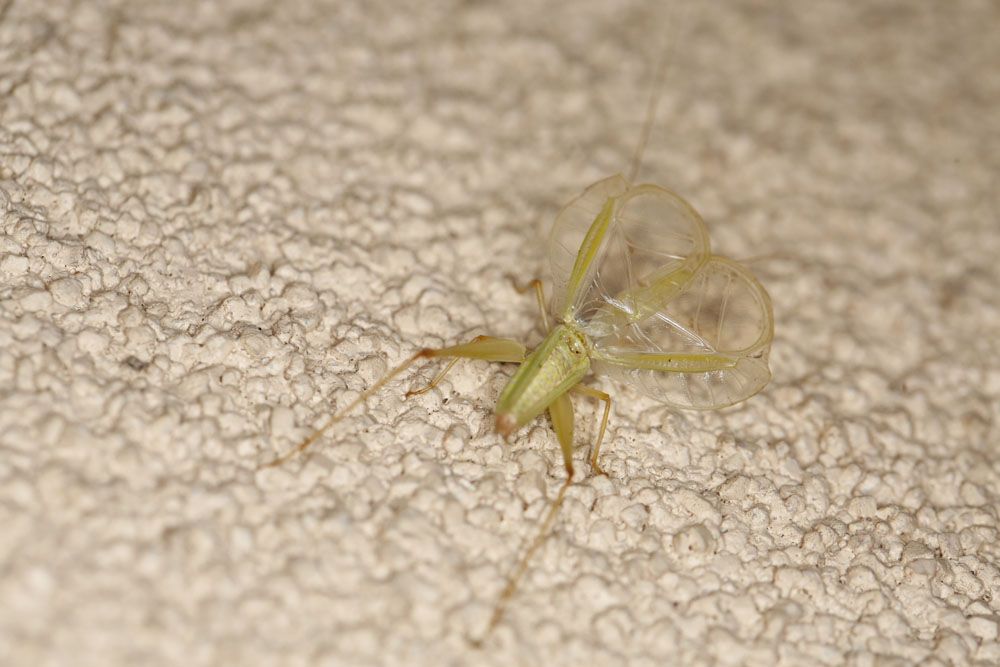
Snowy Tree Cricket – Oecanthus fultoni
Snowy Tree Cricket – Oecanthus fultoni
Common Name: Snowy Tree Cricket
Latin Name: Oecanthus fultoni
Appearance:
The Snowy Tree Cricket can often be recognized by its melody and is renowned for its unique appearance:
Adults are comparatively diminutive, averaging 0.3 to 0.4 inches (8 to 10 mm) in length. They are pale green or white in hue and resemble a diminutive insect clad in snow. The male’s broad, convex wings encircle the majority of the abdomen. The wings of females are more pointed.
Host Plant:
Snowy Tree Crickets do not have regular host plants. They are not known to harm plants because their diet consists mostly of tiny insects and plant debris.
Territory:
Snowy Tree Crickets may be found all throughout North America, from Canada to the southern United States. They live in a range of environments, including woodlands, meadows, and gardens.
Damages caused by Snowy Tree Crickets:
Snowy Tree Crickets are not considered pests in the traditional sense. Their presence is usually not linked to major damage to plants, even though they may eat small amounts of plants and help the natural balance by eating other insects.
Life History and Habitat:
Life Cycle:
There are egg, nymph, and adult stages in the delayed transformation of Snowy Tree Crickets.
- Egg:Cricket females lay their eggs in plant stems or bark in the late summer or fall.
- Nymph:The eggs hatch, and the young nymphs spend the winter in plant matter. In the spring, they start doing things again.
- Adult:In the summer, nymphs turn into adults. Males make the unique song that females hear and are attracted to.
